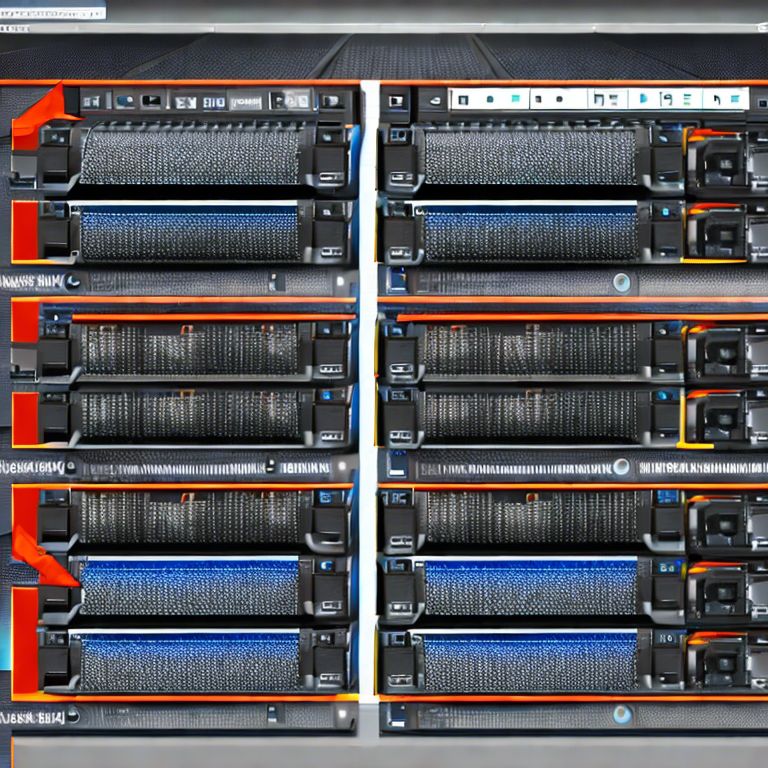ProxMox Overview:
0. Install ProxMox
- Start here: https://proxmox.com/en/proxmox-virtual-environment/get-started
- File System Choices
- Ceph: block level, more flexible on adding or removing storage, slower if network or hardware is less performant - designed as a clustering file system
- ZFS: disk level, adding disk require a rebuild of entire vdev (RAID array), best performance for single system. May not be faster than Ceph as a clustering file system
- EXT4/LVM... read my other articles
- Networking: best to bond multiple NIC's into the bridge
- Storage RAID1/5/6/10 should be considered. Opt for software RAID, rather than hardware to decouple RAID features from the underlying hardware (driver issues, warranties, etc.). Performance between software vs hardware is a non-issues with modern CPUs.
- Layer 2 MTU 9000 config on attached interfaces
- Turn off "ballooning mem usage"
1. Configure updates
- disable 'enterprise' & 'pve-enterprise' update sources
- enable 'pve-no-subscription' source (https://download.proxmox.com/debian/pve)
2. Enable Notifications
- Configure SMTP to use Microsoft or Google mail servers to send outgoing mails
3. Configure SSL certs
- Configure SSL providers to obtain the appropriate tokens
- Example Cloudflare: select the desired [sub]domain > API Tokens
- In ProxMox, select ACME > click Add under Accounts > proceed to complete the wizard using the certificate provider's info
4. Storage
- nfs
- iSCSI
5. Backup
- General options
- Retention policy
6. PCIE Passthrough
- Important for workloads that require GPU processing
7. VirtIO plugins: necessary for guest VM's with GPU's, allow virtIO drivers for NIC's
8. QEMU Agent: enable guest system controls
9. Guest VM creation should assume processor type to HOST
10. Automate pruning samba/msg.sock directory
Categories:
